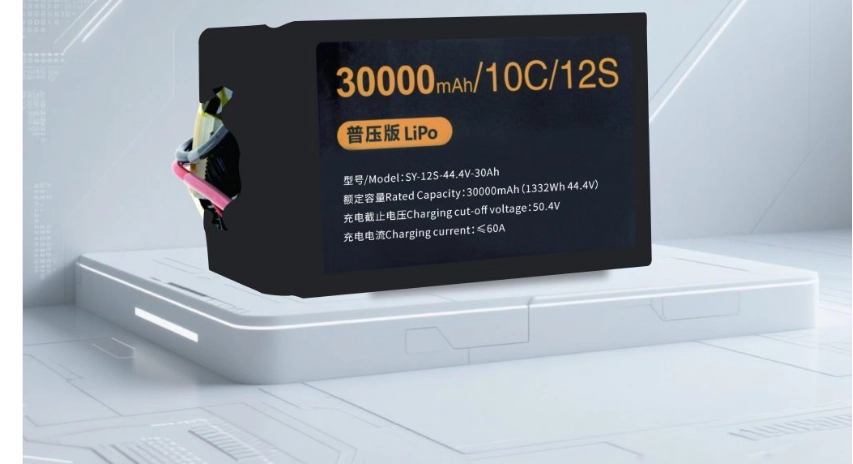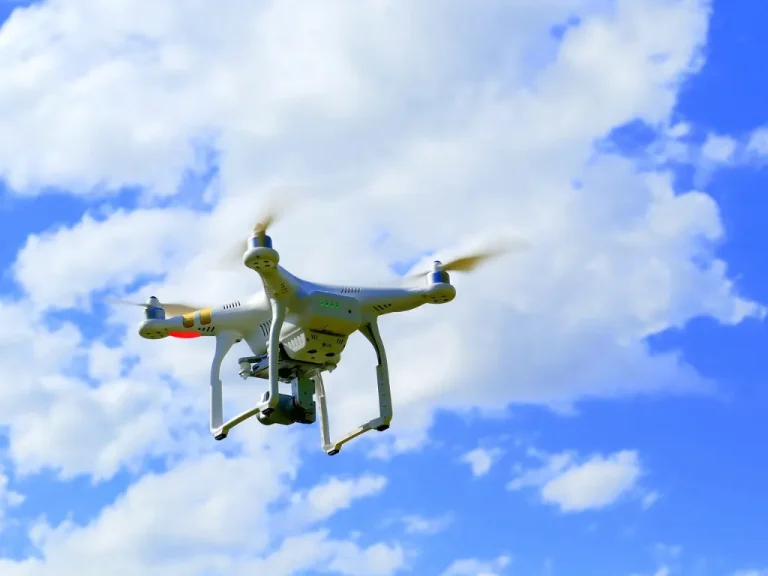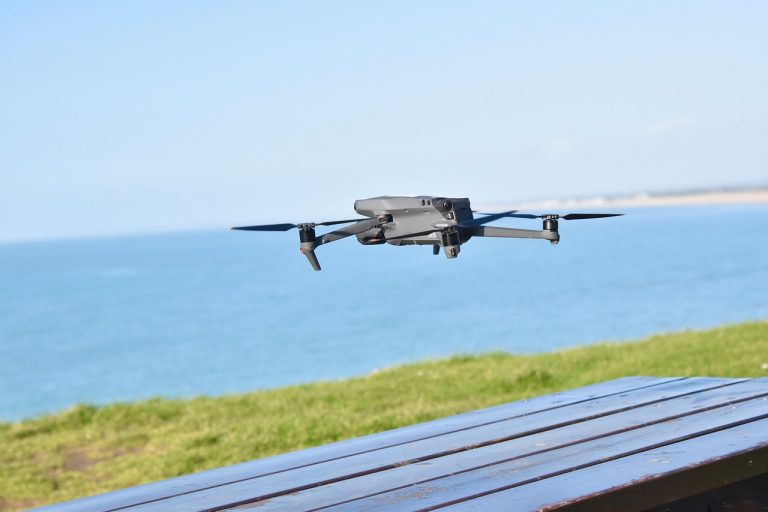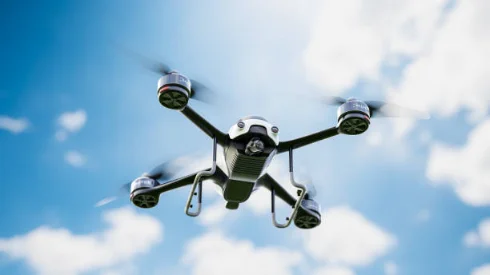Understanding Solid-State Batteries
What Are Solid-State Batteries?
Solid-state batteries are total legends in the power game, ditching the sloppy liquid or gel electrolytes in old-school lithium-ion batteries for a solid one! Think ceramic, glass, or some fancy polymer—super safe and packing crazy energy density. This setup makes battery packs way smaller and kills the risk of leaks or fires. Total banger vibes for keeping things chill!
Key Differences Between Solid-State and Traditional Lithium-Ion Batteries
Old lithium-ion batteries use liquid electrolytes to move lithium ions between anode and cathode during charging and discharging. Solid-state batteries? They rock a solid electrolyte, nuking leak risks and staying cool under heat. They’ve got higher energy density and longer life, too. Taixing Shengya Electronic Technology Co., Ltd.’s high-energy density series hit 340 watt-hours per kilogram, smoking regular lithium-ion cells—pure drip!
Applications of Solid-State Batteries in Modern Technology
Solid-state batteries are slaying in dope tech like electric vehicles, drones, medical gadgets, and wearable gear, thanks to their tiny size, safe energy, and huge capacity. For drones, Taixing Shengya Electronic Technology Co., Ltd.’s drone batteries crank endurance, making them fire for firefighting unmanned aerial vehicles that need to fly long in wild zones—clutch AF!
Thermal Behavior of Solid-State Batteries
How Heat Is Generated in Battery Cells
Heat in batteries comes from internal resistance when ions zip through during charge-discharge cycles. That resistance turns electric juice into heat—basic science vibes! Fast charging or blasting high currents ramps that heat up, making things toasty if you’re not careful.
Factors That Influence the Temperature of Solid-State Batteries
Tons of stuff messes with solid-state battery temps: current rates (C-rate), outside temp, cell design, and material energy. High discharge rates like 3C or 10C—common in beast-mode apps—can get hot if not managed right. The SY-6S-21.6V-39Ah from Taixing Shengya Electronic Technology Co., Ltd. handles a max 10C discharge rate, built to tackle intense heat like a boss—no cap!
Comparison of Thermal Stability: Solid-State vs. Liquid Electrolyte Batteries
Solid-state batteries are way chiller than liquid ones. No volatile liquids means less chance of fires or explosions when stressed, like getting punctured or overheating. Some can take a stab without going boom or catching fire, making them lit for high-stakes gigs like aviation or robotics—safety on fleek!
Do Solid-State Batteries Overheat?
Investigating the Risk of Overheating in Solid-State Battery Technology
Peeps keep asking, “Yo, do solid-state batteries overheat like old lithium-ion ones?” Nah, fam—they’re way less likely to get toasty thanks to stable electrolytes and low flammability. No battery’s 100% heat-proof, but solid-state batteries keep it smooth compared to the liquid crew—chill energy all day!
Common Misconceptions About Overheating in Solid-State Batteries
Some think high energy density means more heat risk—big nope! With smart materials and engineering, that’s not the vibe. High safety—some solid-state batteries can get punctured without fire or explosion—shows even juiced-up models stay solid and safe—myth yeeted!
Laboratory and Real-World Testing Results on Heat Management
In labs and real-world stuff like firefighting drone missions, solid-state batteries shine under high temps without crashing. When charging your drone, make sure the battery is cool and avoid charging in a high-temperature environment. This keeps overheating risks super low—straight-up reliable!
Safety Features of Solid-State Battery Design
The Role of Solid Electrolytes in Preventing Thermal Runaway
Thermal runaway—that nasty chain reaction leading to battery disasters—is way less likely with solid electrolytes. They don’t vaporize or burn under stress, slashing the chance of fires or explosions even in crazy conditions—safety game strong!
How High Energy Density Impacts Thermal Performance
Higher energy density could mean more heat, but modern solid-state batteries use genius materials to spread that heat like champs. The SY-12S-44.4V-22Ah from Taixing Shengya Electronic Technology Co., Ltd. has a 257 watt-hours per kilogram density but stays cool with its slick internal design—no heat drama!
Built-In Protection Mechanisms Against Overheating
Solid-state batteries come with mad safety tricks: temperature sensors, smart Battery Management Systems, current limiters, and venting designs when needed. These keep overheating in check during operation—total pro vibes!
Best Practices for Using and Maintaining Solid-State Batteries
Guidelines to Prevent Overheating During Use
Don’t let your batteries bake in the sun or run at max power non-stop without a breather. After a drone flight, the battery cells are super toasty and need to cool to normal temp before charging. This move stretches battery life and keeps things safe—easy win!
Charging and Storage Recommendations for End Users
Use certified chargers that match your battery’s specs, ideally with PD/QC protocols, and unplug once fully charged. Do not use fast charging or chargers with output voltage lower than 5 volts—they can mess up the battery’s voltage energy. Keep it smooth and safe!
Environmental Factors That Affect Battery Temperature
Outside conditions hit hard. Storing or running batteries above 40 degrees Celsius ramps up resistance and wear. When the ambient temperature is greater than or equal to 40 degrees, do not operate in a closed space. Good airflow keeps things chill around active parts—no sweat!
Future Outlook on Safety Innovations in Solid-State Battery Technology
Emerging Materials with Improved Heat Resistance
Next-gen research is cooking ceramic-polymer composites that mix flexibility with insane heat resistance—perfect for safer use in aerospace or self-driving cars. These materials are about to flip the safety game—future drip!
Advancements in Battery Management Systems (BMS)
Smart Battery Management Systems are getting brainier with predictive algorithms that spot overheating or cell imbalances early, shutting things down before they get wild. Total genius tech for keeping batteries cool!
Industry Trends Toward Safer, More Efficient Power Solutions
As everyone craves compact, powerful energy for robotics and unmanned aerial vehicles, companies are tweaking designs for max efficiency and safety. Taixing Shengya Electronic Technology Co., Ltd.’s customization services, like picking connector types or logo placement, make batteries perfect for your needs—pure fire!
Frequently Asked Questions
- Do solid-state batteries overheat easily?
Nah, they’re wayless likely to overheat thanks to stable solid electrolytes that don’t burn, even when punctured or stressed—chill AF! - What makes solid-state batteries safer than traditional lithium-ion ones?
Their non-flammable electrolyte stops leaks and cuts risks of thermal runaway, unlike liquid-based batteries—safety on lock! - Can I fast charge my solid-state drone battery?
Only if your charger supports PD/QC standards; otherwise, do not use fast charging or chargers with output voltage lower than 5 volts—keep it smooth! - What temperatures should I avoid when using these batteries?
Stay below 40 degrees Celsius; ensure ventilation during use, especially after high-drain drone flights—keep it cool! - Are high-energy-density models more prone to overheating?
Not really—smart materials in models like those with 340 watt-hours per kilogram keep temps chillunder proper use—myth busted!
Wanna own the power game for drones or other tech? Hit Taixing Shengya Electronic Technology Co., Ltd. for banger battery solutions tailored for epic missions!










